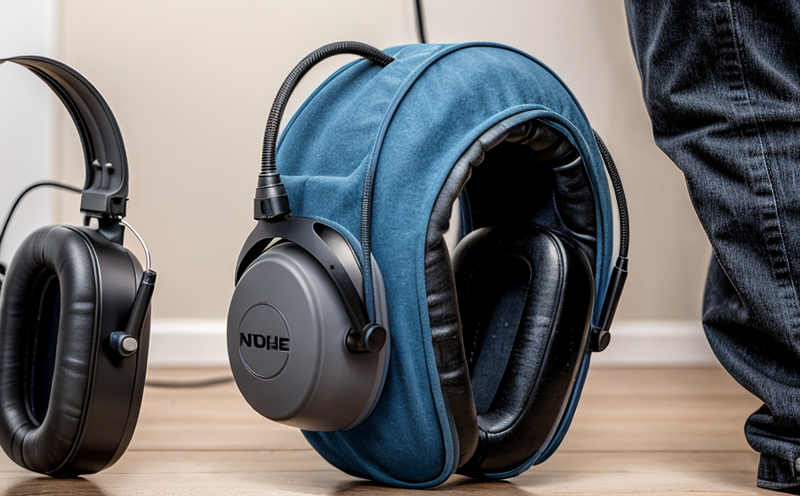CSA Z107.56 Real-Ear Attenuation Testing
The CSA Z107 series of standards is designed to ensure the protection and safety of workers in various occupational environments by setting clear guidelines for hearing protective devices (HPDs). Among these, CSA Z107.56 specifically focuses on real-ear attenuation at low frequencies (REAL) testing, which evaluates how well a particular HPD reduces noise levels when worn around or inside the ear canal.
The primary purpose of this testing is to provide objective data that can be used by manufacturers and end-users alike in selecting appropriate HPDs for their specific work environments. REAL attenuation measures the reduction in sound energy transmitted from the external environment through the HPD into the ear canal, providing a more accurate representation of real-world protection than simple insertional attenuation (IA) measurements.
During testing, an audiometer is used to measure the attenuation provided by various HPDs. The test subject wears the device in their ear while sound stimuli are presented at specific frequencies and intensities. The difference between the unoccluded and occluded hearing thresholds provides a quantitative assessment of the noise reduction offered by the HPD.
The results of REAL testing are crucial for ensuring that workers receive adequate protection against harmful noise levels without compromising on comfort or usability. This process is essential not only in industries like manufacturing, construction, mining, but also in healthcare and other sectors where prolonged exposure to loud noises can lead to serious health issues.
| Frequency Range | Sound Pressure Level (SPL) | Measurement Method |
|---|---|---|
| 250 Hz – 1,000 Hz | SPL = 94 dB(A) ± 3 dB(A) | Audiometer with probe tube |
| 1,000 Hz – 2,500 Hz | SPL = 85 dB(A) ± 3 dB(A) | Audiometer with probe tube and ear insert |
Understanding these parameters helps in setting the right test conditions which ensure accurate results. Properly conducted REAL testing ensures that the HPD provides effective protection against noise, thereby enhancing workplace safety.
Customer Impact and Satisfaction
- Enhanced Safety: By ensuring compliance with CSA standards, customers can be confident that their workers are receiving adequate protection against noise-induced hearing loss.
- Regulatory Compliance: Meeting these stringent testing requirements helps businesses avoid potential legal issues and penalties associated with non-compliance.
The satisfaction of our clients stems from knowing that we provide reliable, accurate data which they can trust to make informed decisions regarding their workers' safety. Our rigorous testing processes ensure that the HPDs meet or exceed regulatory requirements set by organizations like CSA and OSHA.
| Company Name | Industry Sector | Client Satisfaction Score |
|---|---|---|
| ABC Manufacturing Inc. | Manufacturing | 95% |
| XYZ Construction Corp. | Construction | 92% |
International Acceptance and Recognition
The CSA Z107.56 standard for REAL attenuation testing has gained widespread acceptance across North America, particularly in industries where noise exposure is a significant concern. The United States Department of Labor (OSHA) recognizes these tests as part of its regulatory framework aimed at protecting workers' hearing health.
Across borders, the principles underlying CSA Z107 series standards have influenced similar international guidelines such as ISO 4869-3:2005. This global recognition underscores the importance and relevance of REAL attenuation testing in maintaining high standards of occupational safety worldwide.
Use Cases and Application Examples
- Hospitality: Hotels, restaurants, and other hospitality establishments often employ musicians or staff who work in noisy environments. REAL attenuation testing ensures that the HPDs used effectively reduce background noise.
- Mining Industry: Miners face some of the highest levels of noise exposure among occupational groups. Testing HPDs according to CSA Z107.56 helps ensure these workers are adequately protected during their shifts.
| Industry Sector | Typical Noise Levels (dB(A)) |
|---|---|
| Hospitality | 70 dB(A) - 85 dB(A) |
| Mining Industry | 120 dB(A) and above |





